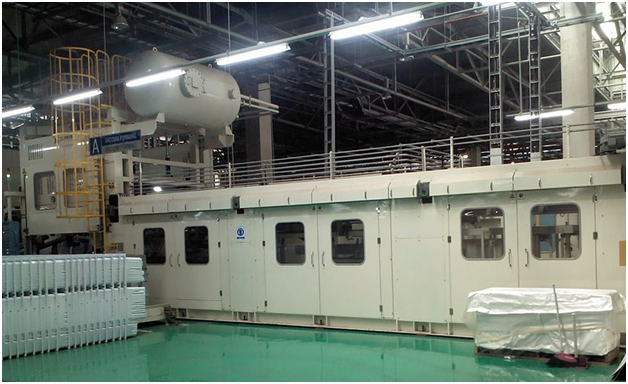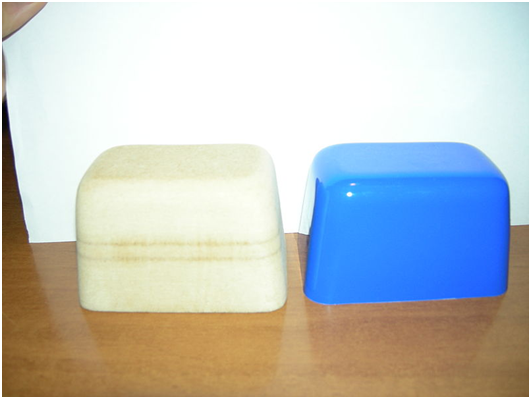The benefits of vacuum forming
Vacuum forming, or thermoforming, has been around for decades. It is still as relevant today as when it was first introduced as a cost-effective and quick way to replicate batches of the same shape.

The process enables multiple items to be created from an initial mould by stretching pre-heated plastics sheets across the mould and then vacuuming them into place to produce three-dimensional items. According to the British Plastics Federation, thermoforming has many benefits over other processes.
Cost and time savings
There are many ways in which thermoforming is cheaper than other processes. The set-up costs are low, as moulds are only exposed to low pressure and can therefore be produced from lower-grade materials. Off-cut materials can also be reused and recycled into new plastic sheets, so waste is minimal.
The process itself also saves time and money. Time spent designing and manufacturing the tools and moulds is again less than in other moulding processes. Huge batches can be created from the same equipment, saving time and money on replacing worn tooling.

If you are considering this process for your business, try the Vacuum Forming products available at Vacuum Forming.
Design and precision
The process also allows for a high level of design and precision. In today’s highly competitive market, this is important when brands want their personal logos and designs on moulded plastics. As the finished items are made from a single sheet of plastic as opposed to lots of individual parts, they are incredibly useful for products that require a certain strength and durability; for example, they are often used to produce food transport trays.
Downsides of vacuum forming
As with any process, there are, of course, some downsides. Any moisture that gathers in the plastic sheets can cause bubbling during the forming process, which can reduce the strength of the finished products. Making sure that the sheets are fully dried before use can eradicate this problem.
The depth of products can be limited because too deep a product can twist or warp during the process. Such products can be produced if the plastic is stretched in advance, but this can bump up costs.
It is clear that forming has its place, but there are some downsides. Manufacturers should weigh up the pros and cons before deciding to use this process.


